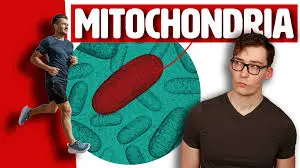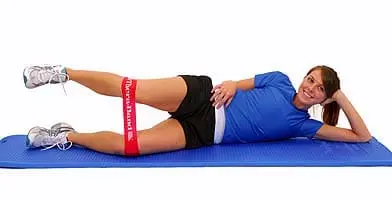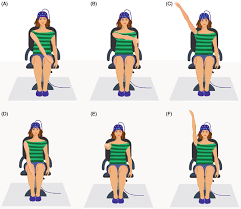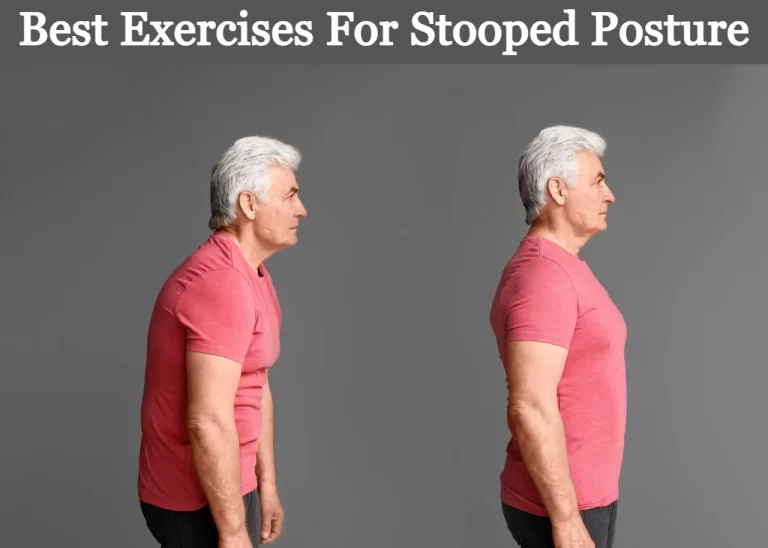Preventing Aging Mitochondria through Exercise
Introduction:
Exercise-induced mitochondrial aging prevention is an interesting subject! Since mitochondria generate ATP (adenosine triphosphate), the term “powerhouses” of the cell is frequently used to describe them.
Reduced energy, muscle weakness, and even cognitive impairment are some of the symptoms of aging that are caused by the normal decline in mitochondrial function that occurs as we age. Thankfully, it has been demonstrated that exercise significantly affects mitochondrial health and function, which may help to avoid or postpone the effects of aging.
Dynamic organelles recognized for their function in energy production, mitochondria also play a key part in several other vital cellular functions, such as apoptosis and calcium management. A characteristic of aging is a decrease in mitochondrial function, which is linked to the development of neurodegenerative illnesses such as Parkinson’s disease (PD), Alzheimer’s disease (AD), and amyotrophic lateral sclerosis (ALS).
The necessity to create viable therapies to postpone the start of neurodegeneration is highlighted by the few and mostly unsuccessful treatment options for this condition. In peripheral organs, including the heart, liver, and skeletal muscle, aerobic exercise enhances mitochondrial function through mitochondrial remodeling; however, its effects on the brain’s mitochondria are less evident.
Determining the effect of aerobic exercise on brain mitochondria poses particular difficulties because of the very dynamic and adaptive nature of the brain’s mitochondria. Our present knowledge of mitochondrial remodeling for brain health is highlighted in this mini-review. We will outline methods used to quantify mitochondrial remodeling and point out possible drawbacks of existing procedures.
Frequent exercise has been demonstrated to maintain muscle tone, improve sleep, heighten cognitive capacities, strengthen the immune system, and lengthen lifespan. The research is conclusive, and its benefits are demonstrated.
The Anti-Aging Benefits of Physical Activity:
Because low levels and/or pulses of oxidative stress have hormetic effects, aging intervention strategies should focus on reducing (but not eliminating) persistent ROS overgeneration and removing protein aggregates and oxidative damage as quickly as possible.
This will limit the production of waste products that are resistant to normal inflammation and enzyme catalysis. increase longevity, and prolong health span, but it won’t stop entropy in and of itself.
Life extension is synonymous with the accumulation of an excess physiologic reserve before the reproductive peak in humans (20–30 years). There has been discussion elsewhere over the viability of using non-exercise methods to prolong life.
The following are some important ways that exercise maintains and enhances mitochondrial function:
Enhances Mitochondrial Biogenesis:
Muscle cells produce more mitochondria when they exercise. Several signaling pathways that are triggered during exercise, specifically through the protein PGC-1α (peroxisome proliferator-activated receptor gamma coactivator 1-alpha), are responsible for this process, which is known as mitochondrial biogenesis. By encouraging the development of new mitochondria, this protein enhances the total amount of energy produced by cells.
Improves Mitochondrial Efficiency:
Frequent exercise improves the efficiency of the mitochondria that are already there. This implies that the mitochondria improve their ability to generate energy while generating less waste (reactive oxygen species, or ROS). Better energy levels, endurance, and possibly less oxidative stress—a key factor in aging—are all correlated with increased mitochondrial efficiency.
Reduces Oxidative Stress:
When free radicals (ROS) and the body’s capacity to counteract them with antioxidants are out of balance, oxidative stress results. By strengthening the body’s antioxidant defenses, exercise can lessen the harm that ROS does to mitochondria and other cellular constituents.
Increases Muscle Mass:
It has been demonstrated that resistance exercise, in particular, increases the density of mitochondria in muscle cells. Since muscle mass normally declines with age, having more muscle means that there are more mitochondria available to produce energy.
Improves Cardiovascular Health:
Running, swimming, and cycling are examples of aerobic exercises that promote cardiovascular health, which in turn enhances the body’s ability to supply nutrients and oxygen to all of its tissues. The health and function of the mitochondria in muscle cells are supported by this increased blood flow.
Exercise Types That Help:
- Walking, jogging, and cycling are examples of aerobic exercise that promote mitochondrial biogenesis and improve mitochondrial function.
- Strength training increases muscle mass and encourages muscle cell mitochondrial proliferation.
- High-intensity interval training, or HIIT, is a quick workout that has been demonstrated to enhance mitochondrial function and density.
Conclusions:
In summary, Frequent exercise, particularly resistance and endurance training, supports the development of new mitochondria and preserves mitochondrial function. This promotes the synthesis of cellular energy and enhances general health by lowering oxidative stress, inflammation, and the risk of aging-related chronic diseases.
Exercise is still one of the best and most accessible ways to maintain mitochondrial function and fight the symptoms of aging, even though genetics and other variables also play a role. People can prolong their lives and improve their quality by maintaining an active lifestyle, which keeps their cells young and functional for longer.
FAQs
Which hormone causes mitochondria to grow?
The regulation of energy metabolism is significantly influenced by sex hormones. Because of their actions on mitochondria, estrogens have a comparable effect on energy metabolism in females.
Which kind of exercise is better for mitochondrial function?
Any aerobic workout that uses oxygen and lasts for at least five minutes will have a beneficial effect on mitochondria.
What kind of workout increases mitochondria?
The team discovered that while strength training was useful for increasing muscle mass, high-intensity interval training had the biggest impact on mitochondria in particular.
How long does it take for mitochondria to expand during exercise?
However, you must train at the right frequency, intensity, and length of time, Hood advises. You can begin to see noticeable improvements in mitochondria after three or four weeks of regular workout.
How can mitochondria be made younger?
The process by which new mitochondria are created, mitochondrial biogenesis, is stimulated by regular physical activity.
How can I keep my mitochondria safe?
Reducing exposure to mitotoxins as much as feasible, maintaining sufficient nutritional levels necessary for function, and guarding against oxidative stress are all necessary for protecting mitochondria.
Can mitochondria be repaired by exercise?
Numerous chronic disorders are linked to a loss of mitochondrial competency. Consequently, methods that preserve or improve mitochondrial function will probably be advantageous in a variety of clinical contexts.
Which type of exercise benefits mitochondria the most?
Exercise for Aerobic or Cardiac Endurance
Aerobic exercise, sometimes referred to as endurance exercise, typically consists of numerous low-intensity repetitions that increase the effort required by your heart and lungs. One advantage of endurance exercise is that it increases the synthesis of mitochondria. promoting general lung and heart health.
References
- O’Reilly, C. L., Miller, B. F., & Lewis, T. L. (2022). Exercise and mitochondrial remodeling to prevent age-related neurodegeneration. Journal of Applied Physiology, 134(1), 181–189. https://doi.org/10.1152/japplphysiol.00611.2022
- Nilsson, M. I., & Tarnopolsky, M. A. (2019). Mitochondria and Aging—The role of Exercise as a Countermeasure. Biology, 8(2), 40. https://doi.org/10.3390/biology8020040
- Harper, C., Gopalan, V., & Goh, J. (2021). Exercise rescues mitochondrial coupling in aged skeletal muscle: a comparison of different modalities in preventing sarcopenia. Journal of Translational Medicine, 19(1). https://doi.org/10.1186/s12967-021-02737-1
- Campos, J. C., Bozi, L. H. M., Krum, B., Bechara, L. R. G., Ferreira, N. D., Arini, G. S., Albuquerque, R. P., Traa, A., Ogawa, T., Van Der Bliek, A. M., Beheshti, A., Chouchani, E. T., Van Raamsdonk, J. M., Blackwell, T. K., & Ferreira, J. C. B. (2023). Exercise preserves physical fitness during aging through AMPK and mitochondrial dynamics. Proceedings of the National Academy of Sciences, 120(2). https://doi.org/10.1073/pnas.2204750120







